Here's how NASA plans to travel to Mars

There are many aspects of traveling and exploring the Red Planet, so NASA is open to proposals to implement our interplanetary dreams into reality.
NASA's Road map to the Red Planet
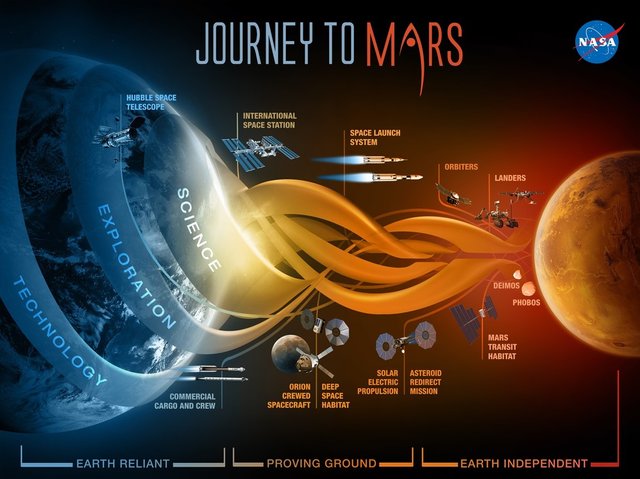
It's no secret that NASA will invest in long-term reconnaissance mission. The agency only recently completed a human mission to the International Space Station, a year-long, where Scott Kelly impressed the world with his message of social media. But the promotion of deep space is very time consuming. NASA prepared a number of projects, which should help to explore the Moon and Mars in the coming decades.
One of these projects is to create an environment that will enable people to live in space beyond the Earth-Moon system. And it's not so easy, because there are a number of points related to the distancing from the home planet. If there is a time delay in the communication, the way people will be able to work without the clock support from the control center? And how to deal with problems such as radiation or the repair and replacement of spare parts?
Transport (as we get there?)
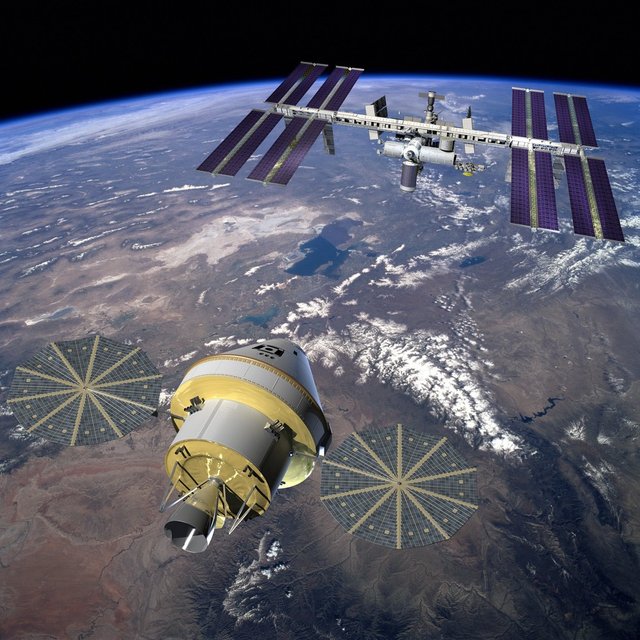
NASA hopes that the ISS should be available when the first ships for long-distance travel. Thus, any prototype should be able to dock with the ISS to allow their immediate further development and testing.
The transport system should also be able to work in what NASA calls a distant retrograde orbit - ORI (distant retrograde orbit - DRO). And it needs to function in its own right, and with the crew. ORI - a type of orbit around the Moon, which would give the crew area to do the job training is "at home" during trips that span multiple days. The system should also be able to move independently of each other or in combination with the ship Orion.
Residence (where we would live?)
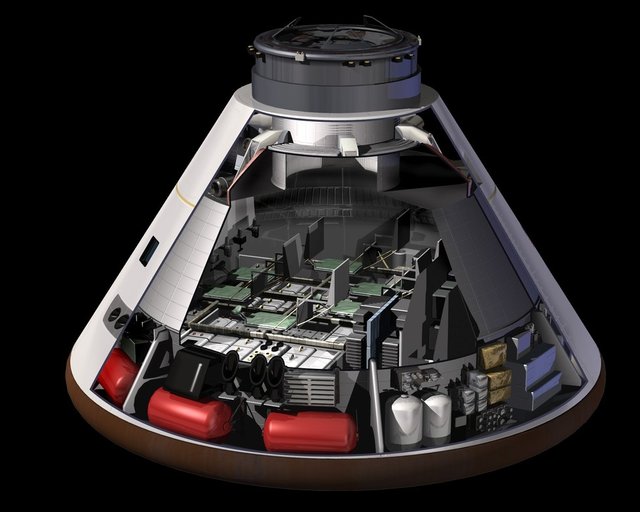
Those who often travel by car over long distances with your family, know that every second is equal to the day. Apollo astronauts kept much better, but this was due to a huge number of preliminary training and understanding that behind them the whole world is watching.
Thus, any future habitat must be sufficiently comfortable for the crew and its equipment in order to survive and feel normal for an arbitrarily long mission (initially 30 to 60 days). The habitat should also be reliable in terms of life-support systems, including fire detection and lighting. After carrying out repairs to be quite problematic.
Operations (as we work?)
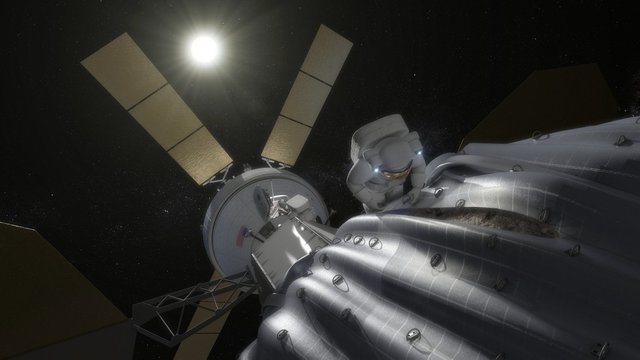
It will be much better if the habitat is multifunctional and can operate for many years, as a new building will be very expensive. In this case, NASA wants to hold out its shelf life to 15 years in space.
Additionally, it should allow docking with other vehicles (for example, from Orion) and even contain two additional members of the crew, regardless if whether the standard crew on board. Here there should be the possibility of an 8-hour spacewalk without opening the whole space.
The environment (that can kill me?)
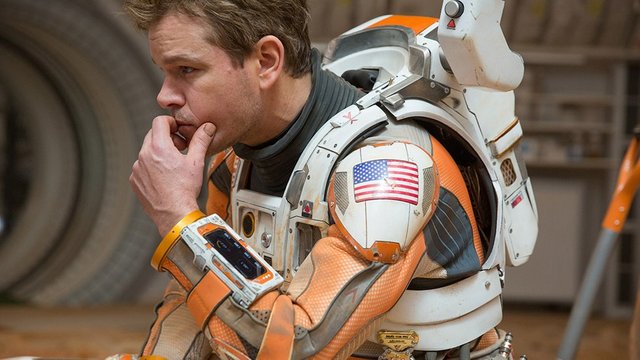
As the ISS future habitat will serve as a testing ground for providence research. So the astronauts, in addition to the entertainment of visitors and maintain the habitat normally, will conduct a variety of experiments to see how people are willing to similar conditions and as general as far as we are ready for a long stay in deep space.
NASA insists specifically on the "verification of the elements, the various operations and the state of human health by carrying out missions outside the Earth-Moon system." Because if something of what Mark Watney showed us in "Martian" really, life in space is sufficiently rigid. Practice is needed to keep everyone safe and in a constant state of productivity as possible while working away from "home".
Source: lenta.ru
Won't the people already on Mars be upset?
Simply Great Information and Presentation